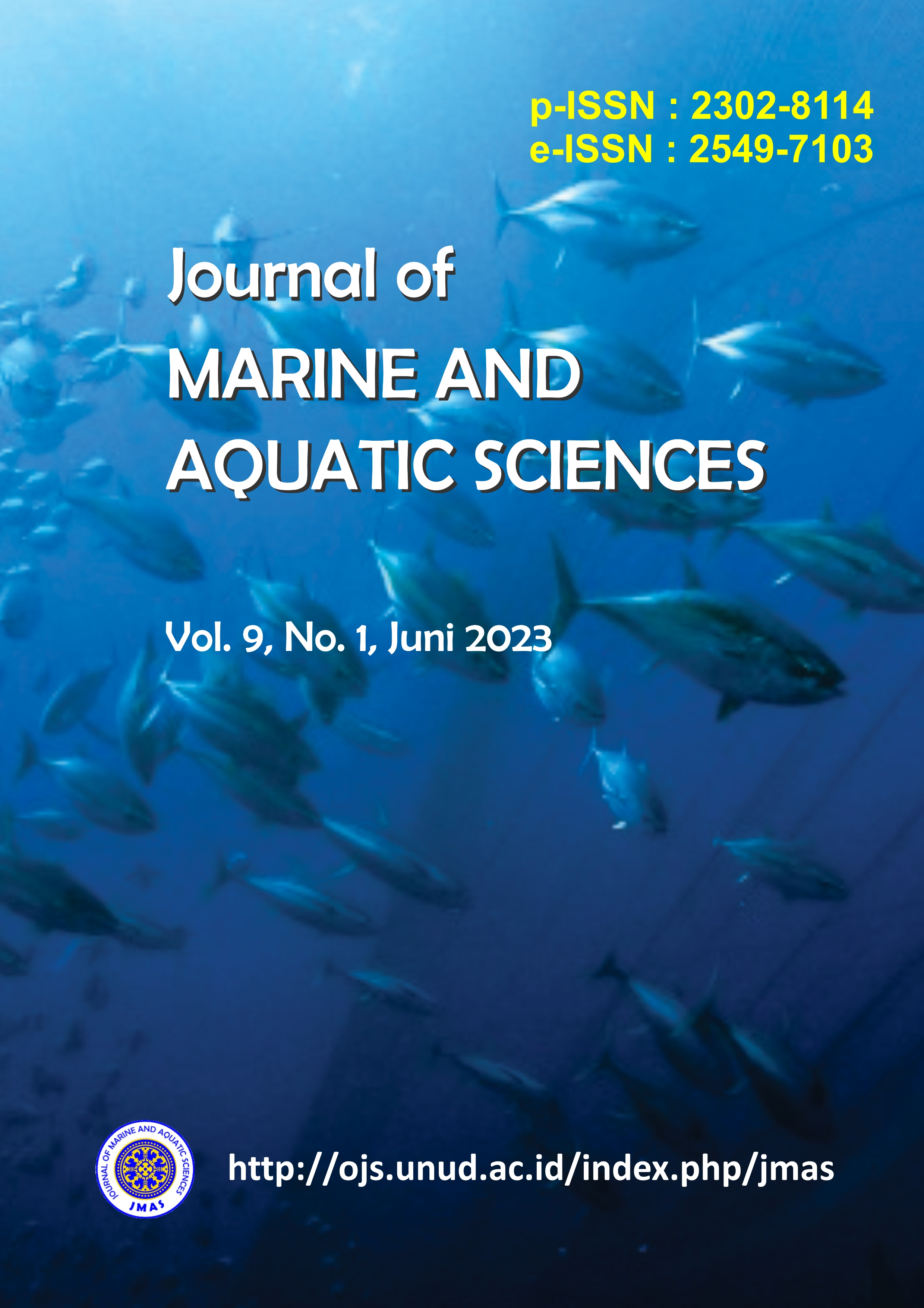Perbandingan Beberapa Metode Klasifikasi Menggunakan Citra Landsat dan Sentinel Untuk Pemetaan Sebaran Mangrove Di Kawasan Ekowisata Mangrove PIK Jakarta Utara
Abstract
Mangroves are one of the coastal ecosystems that have many functions and have a very large role for living things associated with mangroves. One of the mangrove ecosystems in DKI Jakarta is in the Mangrove Ecotourism Area of the Sedyatmo Toll Road, North Jakarta. Remote sensing technology is the right method for mangrove monitoring activities that are efficient, effective and wide area coverage. Mangrove mapping is one of the remote sensing techniques to determine the distribution of mangroves in a region. This study aims to assess mangroves and compare the accuracy of the supervised classification method (Maximum Likelihood, Minimum Distance) and object based classification in the distribution of mangroves in the Mangrove Ecotourism Area of the Sedyatmo Toll Road using Landsat 8 and Sentinel-2A images. Comparison of the results of the supervised classification and object based classification of the two images to be tested for accuracy using a confusion matrix. The results showed that the mangroves were evenly distributed along the Sedyatmo toll road and its surroundings with an average mangrove area of >60 ha. In Landsat 8 imagery, the Overall Accuracy for the classification of Maximum Likelihood is 87,50%, Minimum Distance is 75,00% and object based classification is 89,83%. Sentinel-2A image classification results Overall Accuracy classification method Maximum Likelihood 89,83%, Minimum Distance 77,50%, and object-based classification 90,00%. The results of the Overall Accuracy show that object-based classification is better than the Maximum Likelihood and Minimum Distance classifications in mapping the distribution of mangroves on Landsat 8 and Sentinel-2A images.
Downloads

This work is licensed under a Creative Commons Attribution 3.0 International License.
Copyright 2012 - 2023 Journal of Marine and Aquatic Sciences (JMAS)
Published by Fakultas Kelautan dan Perikanan Universitas Udayana, Denpasar, Bali, Indonesia
JMAS (p-ISSN 2302-8114; e-ISSN 2549-7103)


